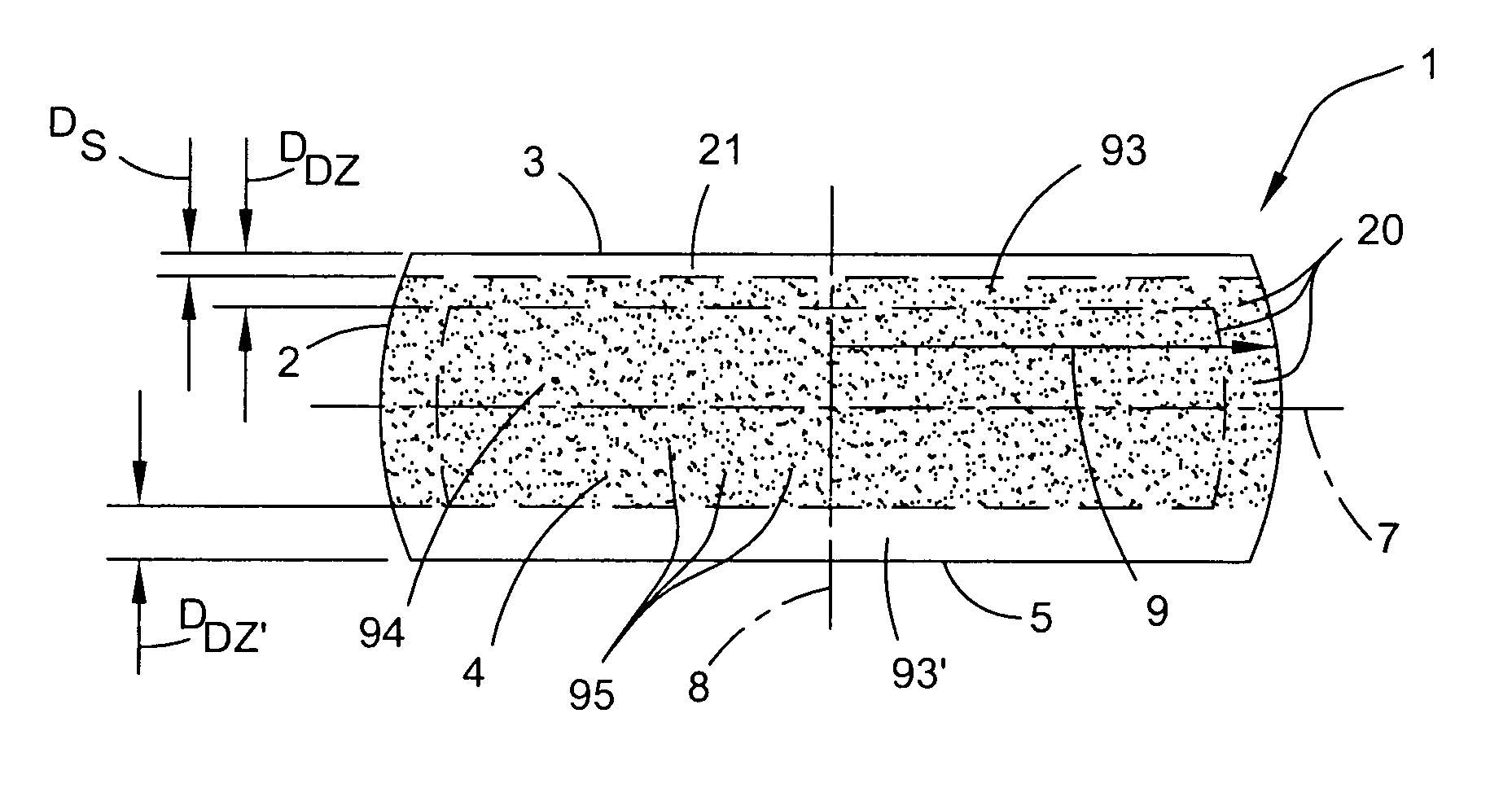Process for metallic contamination reduction in silicon wafers
a technology of metallic contamination and silicon wafers, which is applied in the manufacturing of semiconductor/solid-state devices, basic electric elements, electric devices, etc., can solve the problems of deformation of dislocations and other defects, degraded silicon device performance, and useless integrated circuits prepared from silicon wafers
- Summary
- Abstract
- Description
- Claims
- Application Information
AI Technical Summary
Benefits of technology
Problems solved by technology
Method used
Image
Examples
examples
[0060] The annealing furnace used was an ASM model A412 vertical furnace equipped with a high purity TSQ-10 quartz tube manufactured by Toshiba Ceramics and a 125 slot silicon carbide boat design to hold 200 mm wafers. The silicon carbide boat had a high purity silicon carbide coating deposited thereon by chemical vapor deposition by AG Electronic Materials. After performing the annealing process, the wafers were cleaned with a SubMicron Systems wet bench and standard SC1 and SC2 cleaning solutions as described in greater detail above.
[0061] Each test group of wafers was subjected to a standard hydrogen anneal. Specifically, the wafers (with native oxide layers) were placed in the furnace and heated to a temperature of about 1200° C., held at 1200° C. for about one hour, and then cooled. A plot of the temperature as a function of anneal time from between about 450° C. to the maximum temperature and back to about 450° C. generally resembles a parabola except that there is an extende...
PUM
| Property | Measurement | Unit |
|---|---|---|
| temperature | aaaaa | aaaaa |
| temperature | aaaaa | aaaaa |
| temperature | aaaaa | aaaaa |
Abstract
Description
Claims
Application Information
 Login to View More
Login to View More - R&D
- Intellectual Property
- Life Sciences
- Materials
- Tech Scout
- Unparalleled Data Quality
- Higher Quality Content
- 60% Fewer Hallucinations
Browse by: Latest US Patents, China's latest patents, Technical Efficacy Thesaurus, Application Domain, Technology Topic, Popular Technical Reports.
© 2025 PatSnap. All rights reserved.Legal|Privacy policy|Modern Slavery Act Transparency Statement|Sitemap|About US| Contact US: help@patsnap.com


